The article ‘Sapphic Serenades: Embracing Diversity Through Songs About Lesbians’ delves into the rich tapestry of LGBTQ+ anthems that have articulated the sapphic experience and fostered a sense of community and empowerment. From the early days of coded lyrics to the unabashed celebrations of queer identity in contemporary music, this article explores the evolution, impact, and diversity of songs that have become the soundtrack to lesbian and queer lives.
Key Takeaways
- The landscape of LGBTQ+ anthems has evolved from the use of coded lyrics in early queer music to the proud and open expressions of queer identity in modern songs.
- Queer anthems have crossed into diverse musical genres, including rap, hip-hop, and country, showcasing the universality of the LGBTQ+ narrative.
- LGBTQ+ music has played a significant role in societal movements, serving as a tool for liberation and empowerment, especially during the second-wave feminism era.
- The contributions of queer icons and straight allies have been instrumental in shaping the sapphic soundscape and bringing LGBTQ+ stories to a wider audience.
- Personal and collective experiences with queer anthems have created safe spaces and fostered a sense of belonging, hinting at the continuing evolution of queer music and community.
The Evolution of Queer Anthems: From Hidden Messages to Proud Proclamations
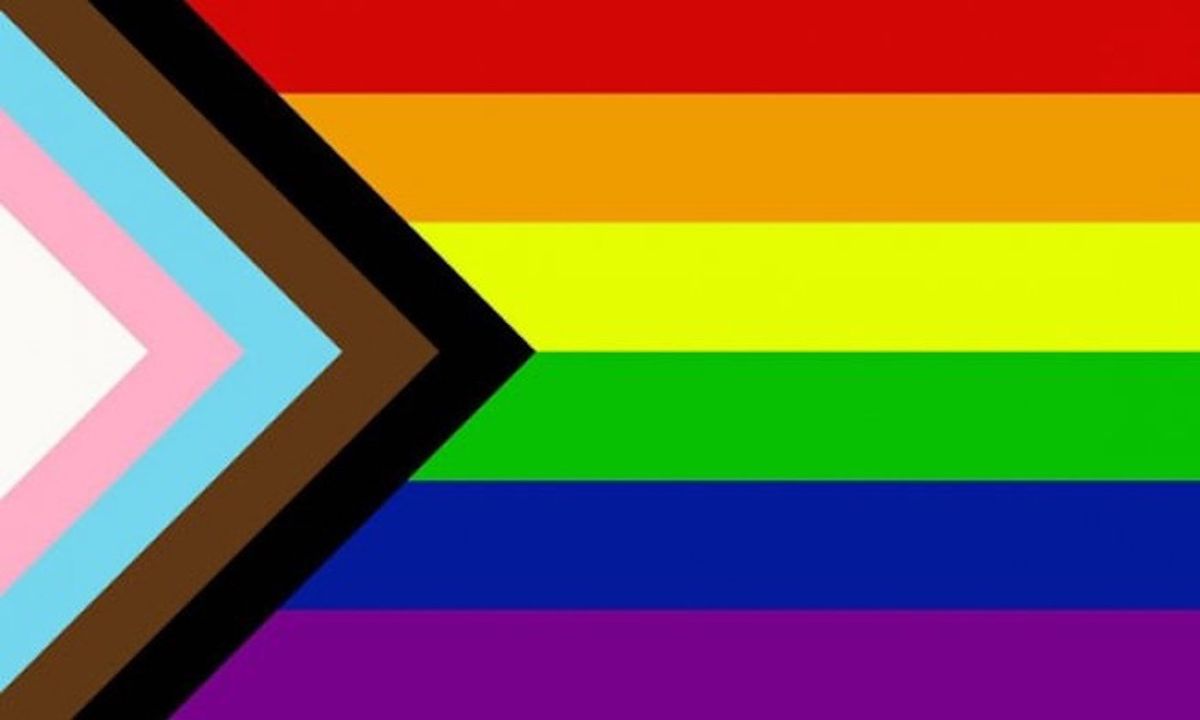
The Early Days of Coded Lyrics
In the nascent stages of queer music, artists had to tread carefully. Coded lyrics were the norm, allowing queer themes to be woven into songs without attracting unwanted attention. These lyrics were a secret handshake of sorts, a way for those in the know to connect and feel seen, while flying under the radar of mainstream society.
- Noël Coward’s unrequited love songs hinted at his hidden sexuality.
- Black women like Ma Rainey and Billie Holiday used playful and raunchy lyrics to express queer themes.
- The scarcity of early written musical sources for Black songs meant that oral tradition played a crucial role in preserving these anthems.
The clever use of metaphor and double entendre in these songs created a rich tapestry of expression that resonated deeply within the LGBTQ+ community. It was a form of resistance, a subtle rebellion against the constraints of the time.
Breaking Barriers: Queer Anthems in Mainstream Music
The landscape of mainstream music has witnessed a seismic shift as queer anthems have moved from the margins to the center stage. No longer confined to subtext or innuendo, these songs now celebrate LGBTQ+ identities with unapologetic pride and visibility.
- Janelle Monae’s "Pynk" revels in the joy of female pleasure.
- Perfume Genius’ "Queen" confronts and dismantles stereotypes.
- Hayley Kiyoko’s "Girls Like Girls" is a straightforward celebration of sapphic love.
The evolution of queer anthems mirrors the journey of the LGBTQ+ community itself – from hidden messages to proud proclamations.
This transformation in the music industry is not just about the songs themselves, but also about the artists who bring them to life. They are the trailblazers who have broken barriers, creating a world where music is a vibrant haven for all, much like the variegated birds of paradise that balance dazzling displays with community support in their tropical retreats.
The Rise of Unapologetically Queer Artists
The landscape of music has been forever changed by artists who wear their identities like a badge of honor. Gone are the days of subtle hints and veiled references. Today’s queer anthems are bold, brash, and unapologetically gay. Artists like Janelle Monae with her Pynk, Perfume Genius with Queen, and Hayley Kiyoko’s Girls Like Girls have crafted songs that resonate deeply within the LGBTQ+ community.
- Janelle Monae’s Pynk celebrates female pleasure.
- Perfume Genius’ Queen is a searing take on identity.
- Hayley Kiyoko’s Girls Like Girls is a clear shout-out to lesbian love.
These songs are more than just catchy tunes; they’re anthems of pride and resistance, echoing the community’s journey and its ongoing fight for rights and recognition.
The rise of queer artists in traditionally conservative genres like rap and country is particularly noteworthy. From Cupcakke’s LGBT to Frank Ocean’s Channel, and from Katie Pruitt’s Loving Her to Orville Peck’s rendition of Smalltown Boy, these songs are carving out space for queer voices where there was little before. This shift is a testament to the power of music as a tool for change, challenging norms and celebrating diversity in every note.
Crossing Genres: Queer Representation in Unexpected Musical Territories
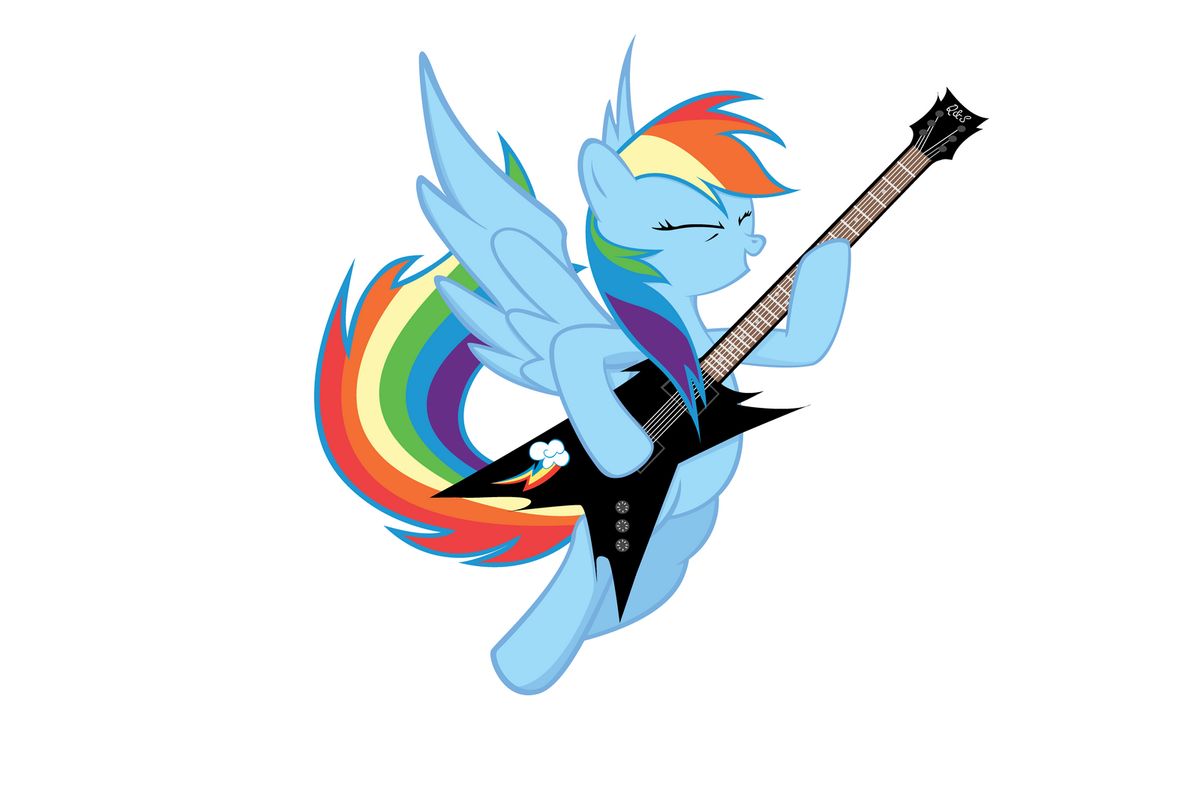
Rap and Hip-Hop’s Queer Voices
The rap and hip-hop scene has historically been a tough nut to crack for LGBTQ+ artists, but times are changing, and the beats are too. Queer voices are not just emerging; they’re taking center stage with unapologetic flair. Artists like Cupcakke with her track "LGBT" and Frank Ocean’s introspective "Channel" are breaking the mold and reshaping the genre.
- Frank Ocean’s smooth vocals and introspective lyrics have paved the way for a more inclusive rap scene.
- Cupcakke’s bold and brash style brings LGBTQ+ themes to the forefront in a genre that’s been slow to change.
- Leikeli47’s "Attitude" and Mykki Blanco’s entire discography are testaments to the growing diversity in rap and hip-hop.
The beats are fresh, the lyrics are raw, and the message is clear: rap and hip-hop are for everyone, and the voices of the queer community are here to stay.
This isn’t just about music; it’s a cultural shift. As queer artists gain visibility, they challenge norms and inspire others to express their true selves. The result? A richer, more diverse soundscape that reflects the real stories of real people.
Country Music’s Queer Twist
When you think of country music, the traditional twang and tales of heartache might spring to mind. But there’s a sapphic serenade echoing through the saloon doors, and it’s rewriting the narrative. Artists like Kacey Musgraves with her hit "Follow Your Arrow" and Orville Peck’s haunting cover of "Smalltown Boy" are strumming a new tune of inclusivity in a genre that’s been historically conservative.
- Kacey Musgraves nudges listeners to kiss lots of boys, or girls, if that’s what they’re into.
- Orville Peck croons about the pains of being a queer outsider in a small town.
These artists aren’t just singing songs; they’re crafting anthems that resonate with a community often left out of country music’s mainstream narrative. They’re the new outlaws, not for breaking the law, but for breaking the mold.
And let’s not forget the likes of Lil Nas X, who’s not just pushing boundaries with his music but also with his unapologetic presence in the industry. His success is a testament to the changing tides in country music and beyond, proving that there’s room at the rodeo for everyone.
Beyond English: International Queer Anthems
The queer anthem has danced its way across the globe, breaking language barriers and uniting LGBTQ+ communities in a symphony of diversity. International queer anthems resonate with the universal themes of love, struggle, and liberation, echoing the same spirit found in their English counterparts.
- Mylène Farmer’s "Libertine" and "Sans contrefaçon" celebrated androgyny in the French-Canadian music scene.
- "
¿A qui
én le importa?" by Alaska y Dinarama became a Spanish anthem asking, "who cares?" about societal norms.
The beauty of these songs lies not just in their melodies but in their ability to transcend cultural confines, offering solace and solidarity to those who find themselves in the lyrics. As the world becomes more interconnected, the influence of these anthems grows, weaving a richer tapestry of queer representation in music.
Songs of Struggle and Celebration: The Impact of LGBTQ+ Music on Society
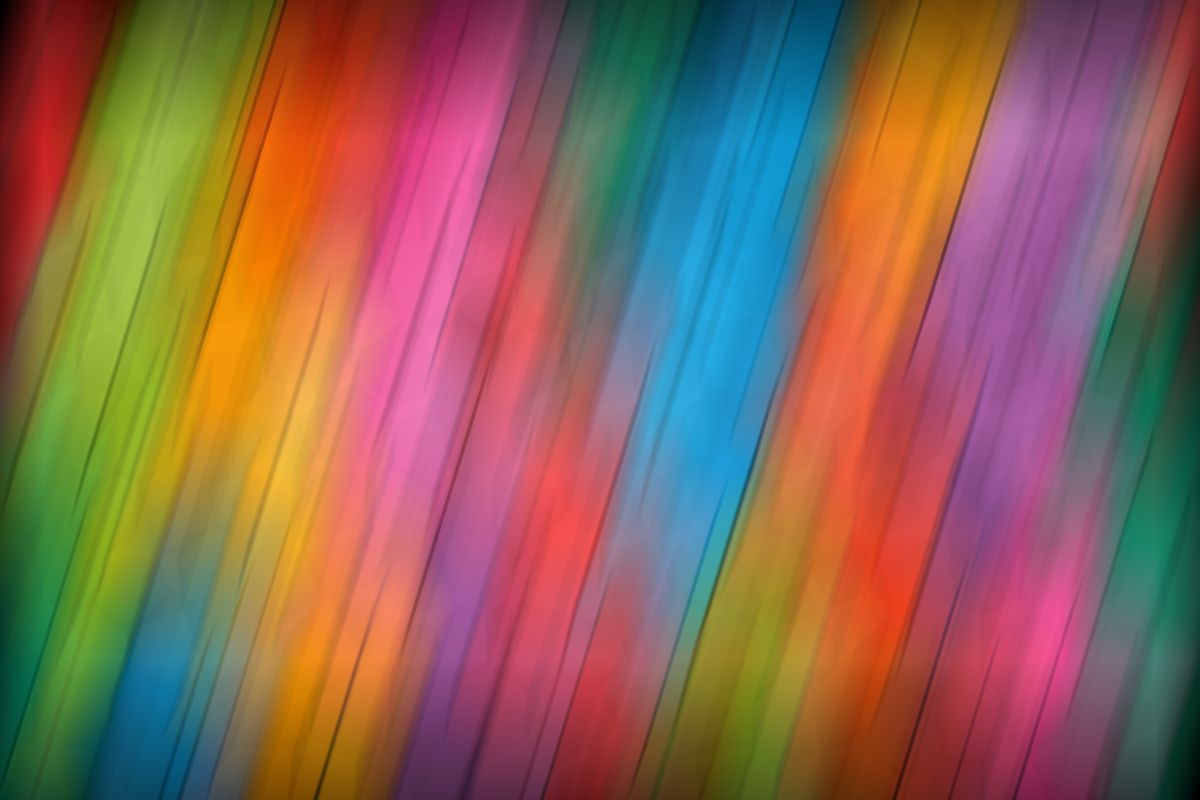
Music as a Tool for Liberation
Throughout history, music has been a beacon of hope and a megaphone for marginalized voices. For the LGBTQ+ community, songs have transcended mere melodies to become powerful tools of liberation. These anthems often encapsulate the pride and resilience of queer identities, while also addressing the collective struggles faced by the community.
- The personal impact of queer anthems is undeniable. They offer a sense of connection and validation that can be life-changing.
- On a larger scale, these songs unite individuals, creating moments of shared joy and resistance against discrimination.
- They also serve as historical markers, capturing the essence of the LGBTQ+ experience during different eras.
The true power of these anthems lies in their ability to transform a personal journey into a communal narrative, fostering a sense of solidarity and hope.
Whether it’s the cathartic release of dancing to a beloved track or the quiet comfort of a lyric that speaks to the soul, queer anthems continue to be a dynamic force in the fight for equality and acceptance.
Empowerment Anthems and Second-Wave Feminism
The tapestry of queer anthems is rich with threads of empowerment, woven tightly during the era of second-wave feminism. These songs became the soundtrack to a generation of women, and particularly lesbian women, asserting their identities and rights.
- Lesley Gore’s "You Don’t Own Me" resonated with the queer community, echoing the sentiment of autonomy and defiance.
- The riot grrrl movement and Lilith Fair brought forth a surge of queer female artists who were unafraid to claim their space in music.
- From the Indigo Girls’ introspective tunes to k.d. lang’s soulful ballads, these anthems provided a voice to those often silenced.
The power of an anthem lies in its ability to unite, to heal, and to embolden. It’s a rallying cry that transcends the personal, becoming a collective shout for freedom and recognition.
As we danced to the rhythm of rebellion, the queer anthems of this era not only reflected our struggles but also celebrated our existence. They were a beacon of hope, a reminder that we were not alone in our fight for equality.
The Role of Queer Anthems in Today’s Social Movements
In the current landscape of social activism, queer anthems have become more than just songs; they’re rallying cries that unite and empower. These anthems resonate with the struggles and triumphs of the LGBTQ+ community, echoing the sentiments of a society pushing for equality and acceptance.
- Queer anthems today are unapologetically bold, reflecting the community’s refusal to be silenced.
- They serve as a beacon of hope and solidarity, especially in the face of adversity.
- The music is a vibrant thread in the fabric of social movements, intertwining personal stories with collective action.
The sounds of today’s queer anthems are as diverse as the community itself, ranging from pop to punk, and everything in between. They’re not just songs; they’re the heartbeat of a movement.
The evolution of these anthems is a testament to the progress made and the battles still being fought. From the Georgia Voice highlighting music as a "pillar of social movements," to the rise of openly gay pop stars in the 2010s, the trajectory is clear. Music has, and always will be, a powerful tool in defending the community and amplifying voices that demand to be heard.
Queer Icons and Allies: The Artists Who’ve Shaped the Sapphic Soundscape
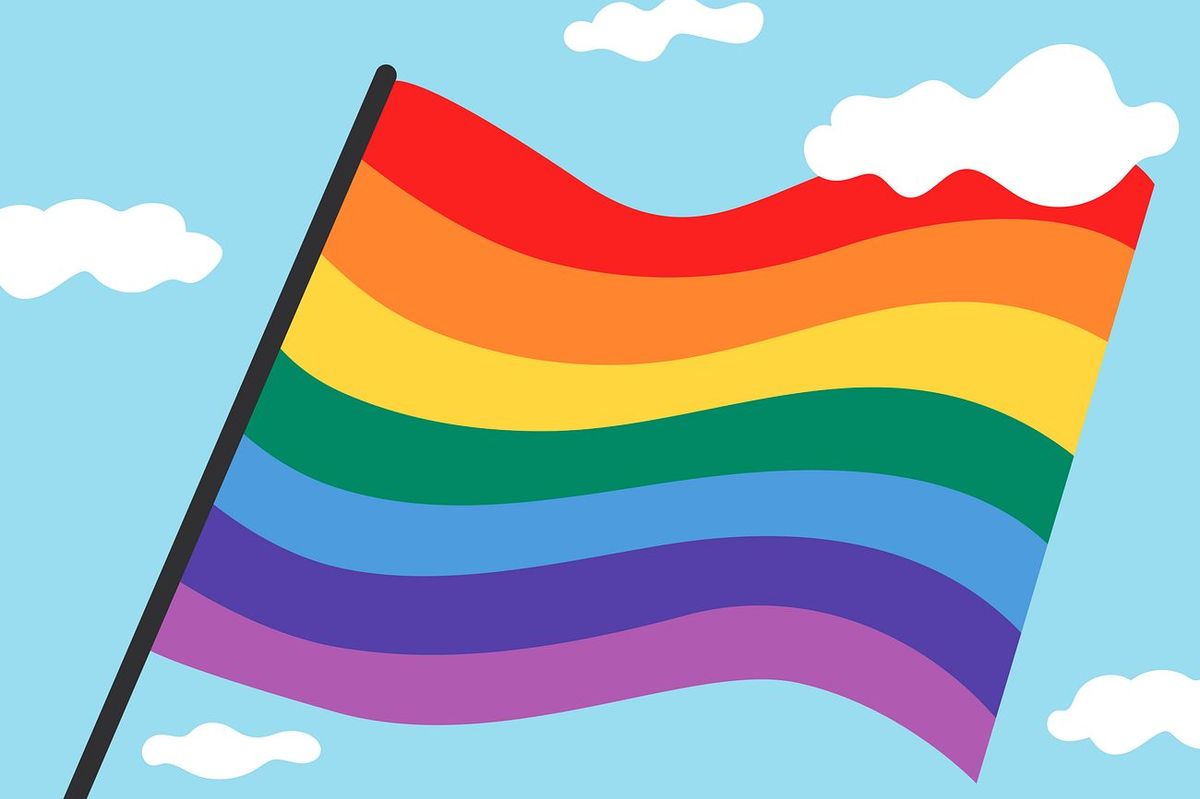
Trailblazers of the Past
The tapestry of queer music wouldn’t be as rich and vibrant without the trailblazers who dared to sing their truths when silence was the norm. These pioneers crafted melodies that resonated with the sapphic soul, often using coded language to express forbidden love and desire.
- Hayley Kiyoko, with her unapologetic pop anthems, has become a modern icon for many.
- Joan Jett’s rock ‘n’ roll swagger and Tracy Chapman’s soulful ballads have both been a source of inspiration and empowerment.
Their music not only provided a soundtrack for the LGBTQ+ community but also paved the way for future generations to sing openly about their identities. The evolution of queer anthems is a testament to their enduring legacy, showing us just how far we’ve come in the fight for visibility and acceptance.
Contemporary Queer Musicians
The landscape of queer music is as vibrant and diverse as the community it represents. Contemporary queer musicians are not just on the scene; they’re owning it, with their anthems becoming the soundtracks of our lives. From the synth-pop magic of MUNA’s "Silk Chiffon" to the soul-stirring ballads of Sam Smith, these artists are defining a new era of queer expression.
- MUNA’s "Silk Chiffon" is a breath of fresh air with its catchy hooks and unapologetic joy.
- King Princess brings a raw edge with hits like "1950," a nod to the hidden love stories of the past.
- Troy Sivan’s "Bloom" captures the essence of queer blooming and self-discovery.
- Kim Petras made history with "Unholy," not just for its infectious beat but for her groundbreaking GRAMMY win.
The sheer variety of queer music today is a testament to the progress made. It’s a celebration of identity, love, and the freedom to be unashamedly oneself.
The impact of these artists extends beyond their music; they’re cultural icons who inspire countless fans to embrace their own truths. As we dance to their beats and sing along to their lyrics, we’re not just enjoying music—we’re part of a movement that’s shaping the future of queer visibility and acceptance.
Straight Allies and Their Contribution
The landscape of queer anthems wouldn’t be complete without acknowledging the allies who’ve used their platforms to amplify LGBTQ+ voices. These artists, often wielding significant influence in the music industry, have played a pivotal role in bringing queer narratives to a broader audience.
- Cyndi Lauper’s "True Colors" became a beacon of hope, shining through the darkest times.
- Madonna embraced the ballroom culture with "Vogue," introducing queer subculture to the masses.
- TLC’s "Waterfalls" subtly addressed the HIV/AIDS epidemic, urging listeners to believe in themselves.
While the relationship between straight artists and the queer community hasn’t always been perfect, their contributions have undeniably helped shape the sapphic soundscape. Their music has often served as a bridge, connecting diverse audiences and fostering a deeper understanding of queer struggles and triumphs.
The power of music transcends boundaries, and when allies lend their voices to the cause, the message of love and acceptance echoes even louder.
Creating Queer Spaces: The Personal and Collective Power of LGBTQ+ Anthems
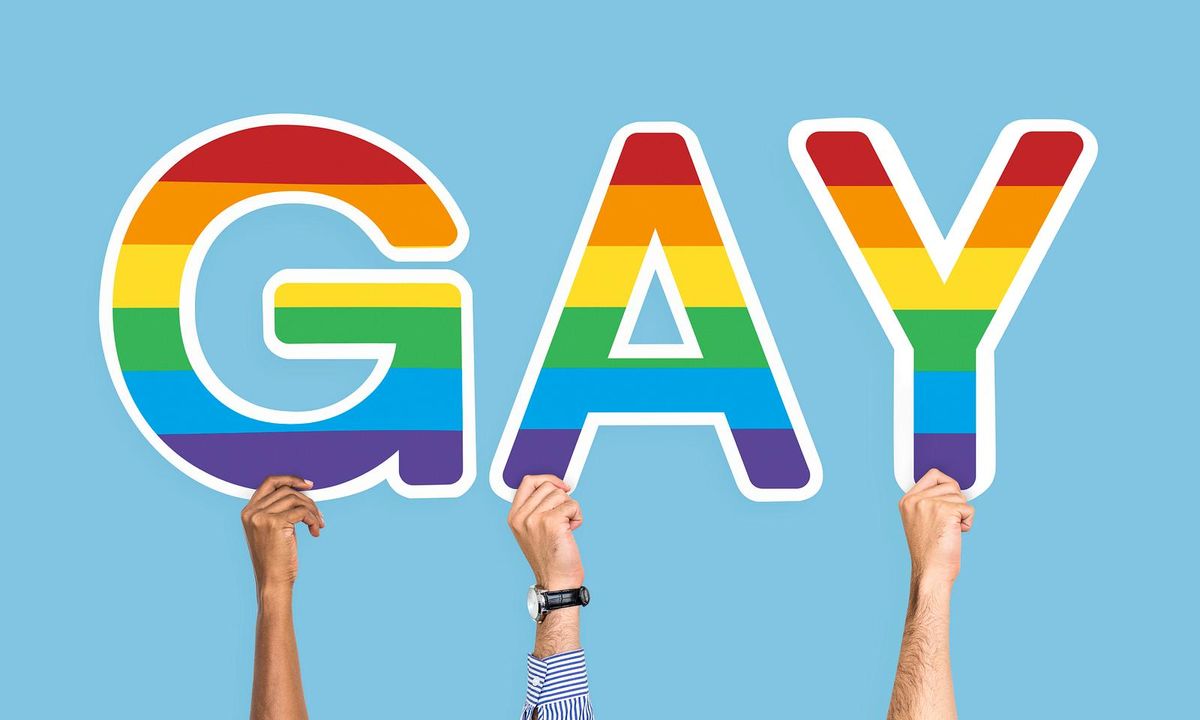
Personal Connections to Queer Music
Music has always been a sanctuary for those seeking solace and understanding. For the LGBTQ+ community, certain songs resonate on a deeply personal level, becoming more than just melodies and lyrics. They transform into anthems of identity, love, and resilience.
- MUNA feat. Phoebe Bridgers, "Silk Chiffon" is a breezy ode to sapphic love that wraps listeners in a warm embrace of acceptance.
- Hayley Kiyoko’s "Girls Like Girls" stands as a bold declaration of lesbian love, challenging societal norms with its catchy chorus.
- Frank Ocean’s "Forrest Gump" subtly captures the complexity of queer love, weaving a narrative that many find relatable.
- Chika’s "Cinderella, Pt. 2" offers a powerful narrative on queer romance, defying traditional fairy tale endings.
- Years & Years’ music often explores the nuances of queer relationships, providing a soundtrack for many in the community.
The beauty of these connections lies in their universality and specificity. A song can encapsulate the shared experiences of many while speaking directly to the heart of an individual.
Whether it’s the joy of finding representation in a world that often overlooks it or the comfort of knowing you’re not alone in your struggles, queer anthems hold a special place in the hearts of those they touch. They’re not just songs; they’re lifelines, connecting us to each other and to the generations of LGBTQ+ individuals who have fought for the right to love and live openly.
Collective Celebrations and Safe Spaces
In the vibrant tapestry of LGBTQ+ anthems, collective celebrations and safe spaces play a crucial role. These are the environments where individuals come together, not just to revel in the music, but to find solace, acceptance, and a sense of belonging.
- Sam’s Collective: Queer Open Mic Night on Eventbrite is a shining example of such a space, where the mission is to continue to create queer spaces in the community.
- The importance of these gatherings cannot be overstated, as they offer an opportunity to see how far the LGBTQ+ community has come, and how creative expression can be used to fight for rights that are still being threatened.
In these havens, every person is welcomed as a beloved community member, and the support found within can transform writing that is adequate into writing that sings with its author’s true voice.
The creation of nurturing spaces that center writers of color, language justice, disability justice, and voices at the intersections is not just a cultural imperative but a radical act of resistance. By fostering environments where queer and trans people and poems are protected, generated, and sustained, we are not only celebrating diversity but actively participating in the shaping of a more inclusive society.
The Future of Queer Music and Community
As we look to the horizon, the future of queer music and community seems to shimmer with possibility. The evolution of queer anthems has shown us that the journey from coded whispers to proud shouts is not just a timeline, but a beacon for what’s to come. Artists today are not only embracing their identities in their music, but they are also shaping the very fabric of the community through their songs.
- The rise of digital platforms has democratized music production, allowing more queer voices to be heard.
- Collaborations across genres and borders are creating a rich tapestry of sounds and stories.
- The focus on intersectionality is bringing forth a more inclusive narrative within the queer music scene.
The power of music to unite and inspire is undeniable. As queer anthems continue to evolve, they will undoubtedly play a pivotal role in shaping the identities and experiences of LGBTQ+ individuals and communities.
Looking forward, we can anticipate a world where queer music is not just a niche genre but an integral part of the mainstream soundscape. The community’s resilience and creativity will keep pushing boundaries, ensuring that the future is not only heard but felt in every beat and lyric.
Frequently Asked Questions
What are some examples of queer anthems in hip-hop and rap?
Rap and hip-hop have seen an increase in queer representation with artists like Cupcakke with “LGBT”, Frank Ocean’s “Channel”, Leikeli47’s “Attitude”, and the work of Mykki Blanco.
Can you name some queer anthems from country music?
Country music has embraced LGBTQ+ artists with songs like Katie Pruitt’s “Loving Her”, Kacey Musgraves’ “Follow Your Arrow”, and Orville Peck’s cover of “Smalltown Boy”.
How have queer anthems evolved over time?
Queer anthems have evolved from coded lyrics and hidden messages to proud proclamations of identity, with contemporary artists like Janelle Monae, Perfume Genius, and Hayley Kiyoko creating openly gay music.
What role do queer anthems play in society?
Queer anthems serve as a creative tool of liberation and empowerment, providing a sense of connection, belonging, and pride within the LGBTQ+ community, and often play a significant role in social movements.
Who are some historical queer icons in music?
Historical queer icons in music include Black women like Ma Rainey with “Prove It on Me Blues” and Billie Holiday’s “Easy Living”, as well as artists like Noël Coward with songs like “Mad About the Boy”.
Are there queer anthems in languages other than English?
Yes, queer anthems exist beyond English, such as Mylène Farmer’s French songs “Libertine” and “Sans contrefaçon”, and the Spanish hit by Alaska y Dinarama, “¿A quién le importa?”.
